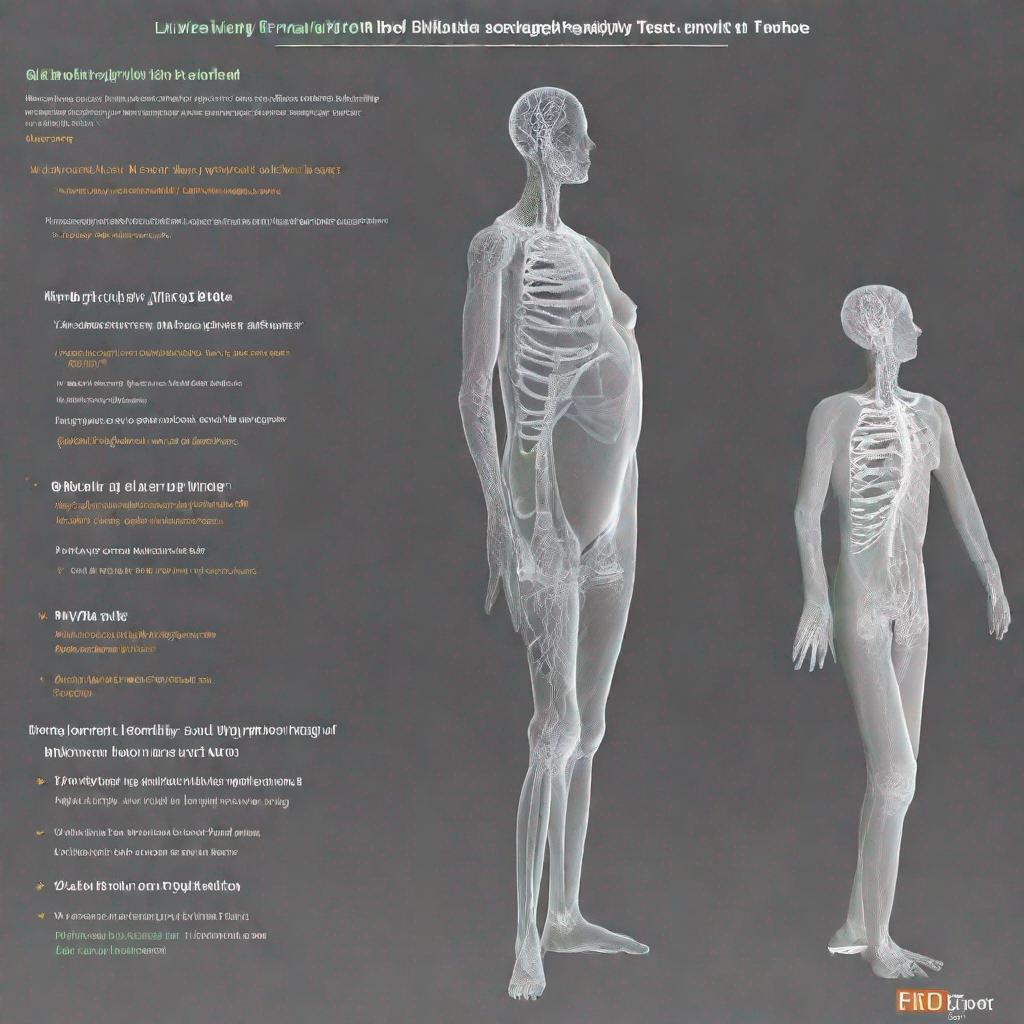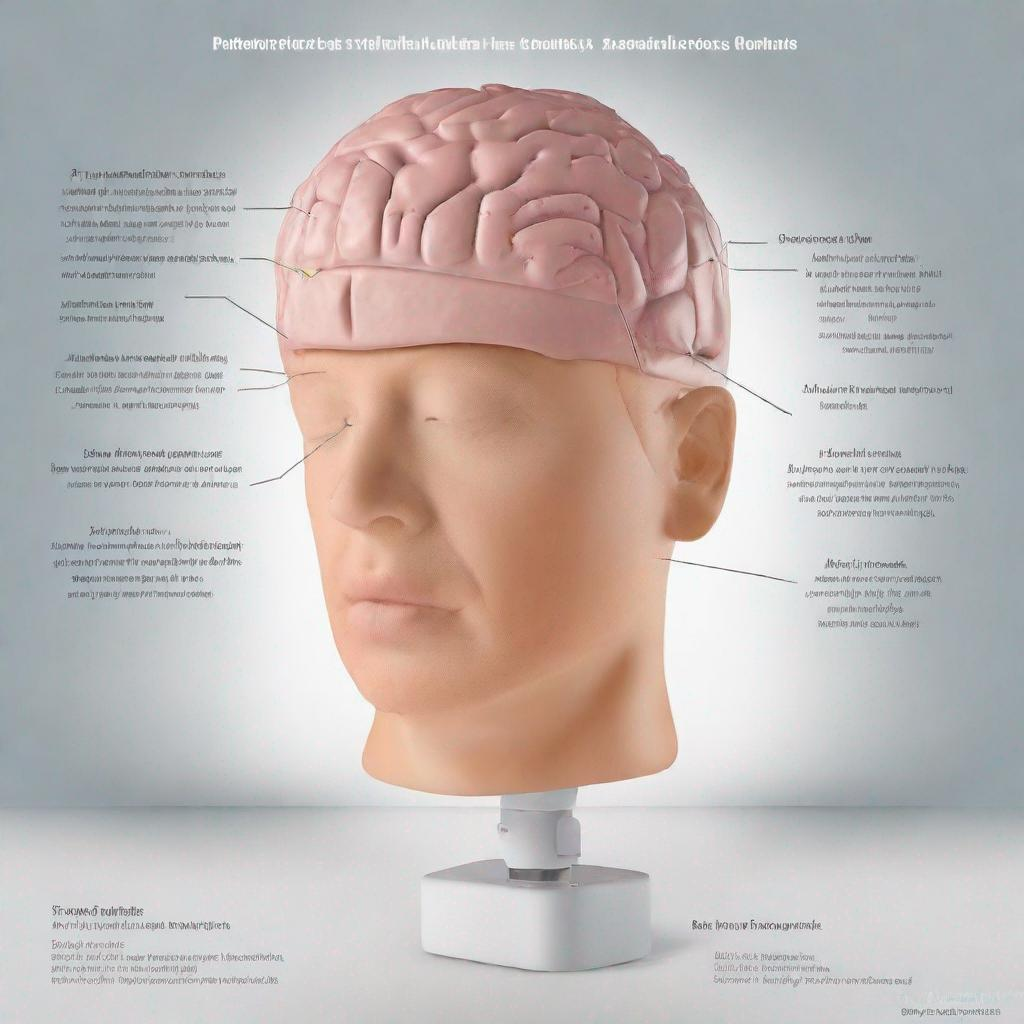## Cholangiography: Imaging the Biliary Tract
### Introduction
Cholangiography is a medical imaging test used to visualize the biliary tract, a system of ducts that carries bile from the liver to the small intestine. It helps healthcare professionals diagnose and treat various conditions affecting this system.
### Procedure
Cholangiography typically involves the injection of a contrast medium into the biliary tract, which highlights it under X-ray imaging. There are several procedures used for cholangiography:
* **Endoscopic retrograde cholangiopancreatography (ERCP):** A thin, flexible tube (endoscope) is inserted through the mouth, esophagus, and stomach into the duodenum, where the common bile duct opens. The contrast medium is injected through the endoscope.
* **Intraoperative cholangiography:** Performed during abdominal surgery, a catheter is inserted into the common bile duct to inject the contrast medium.
* **Percutaneous transhepatic cholangiography (PTC):** A needle is inserted into the liver through the skin under local anesthesia. Contrast medium is injected through the needle into the bile ducts.
### Diagnosis
Cholangiography can help diagnose various conditions, including:
* **Choledocholithiasis:** Gallstones in the common bile duct
* **Cholangitis:** Inflammation of the bile ducts
* **Cholestasis:** Obstruction of bile flow
* **Cirrhosis:** Liver scarring
* **Liver cancer**
* **Pancreatitis:** Inflammation of the pancreas
* **Primary sclerosing cholangitis (PSC):** Scarring and narrowing of the bile ducts
### Importance
Cholangiography is a key diagnostic tool for diseases affecting the biliary tract. It provides detailed images of the ducts and helps identify blockages, leaks, or other abnormalities. Timely detection and treatment of these conditions can improve patient outcomes.
### Alternatives
Alternative imaging tests for the biliary tract include:
* **Magnetic resonance cholangiopancreatography (MRCP):** Uses magnetic resonance imaging (MRI) to create images of the biliary tract without requiring contrast medium injection.
* **Ultrasound:** Can detect gallstones and enlarged bile ducts, but may not provide as detailed images as cholangiography.
### Preparation
Before cholangiography, patients may be asked to:
* Fast for several hours
* Avoid medications that can interfere with the test
* Undergo blood tests to check liver function
### Duration
The duration of the test varies depending on the procedure used. ERCP and PTC typically take about 30-60 minutes. Intraoperative cholangiography is performed during surgery.
### Results
Results of cholangiography may be available within a few hours or days. The radiologist will interpret the images and provide a report to the healthcare professional, who will discuss the results with the patient.
### Recommendations
Following cholangiography, your healthcare professional may recommend additional tests based on the results. These could include:
* **Liver biopsy:** To examine liver tissue for abnormalities
* **Endoscopic ultrasound:** To obtain high-resolution images of the biliary tract and surrounding structures
* **Surgical intervention:** If surgery is necessary to remove blockages or treat other abnormalities identified by cholangiography



